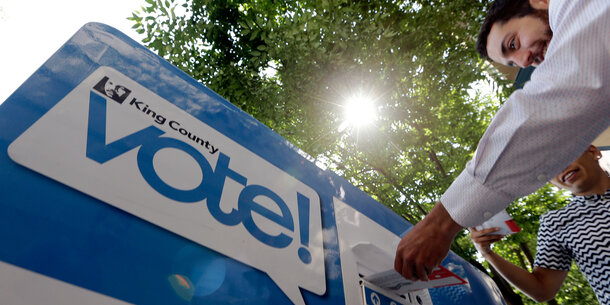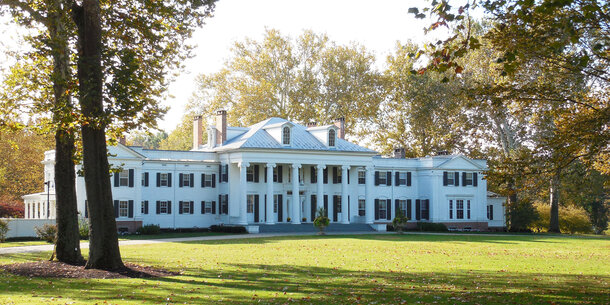Last year, New York debuted its groundbreaking small donor public financing program, which helped counter the national trend toward increasing political dominance by wealthy donors. The program empowered everyday New Yorkers and rewarded legislative candidates for seeking support in their communities instead of from big money and special interests. The voluntary system, as it was originally enacted in New York, is the strongest legislative response to the Supreme Court’s 2010 Citizens United decision, which largely deregulated political spending.
A new poll by Data for Progress and Citizen Action of New York shows that the program continues to enjoy overwhelming support: New York voters back the program by a margin of nearly 41 points, up from a 34-point margin of support in a similar poll conducted in 2023.
With necessary budget resources, the program’s benefits can continue to grow across the state. Lawmakers and leaders in Albany must ensure the program receives sufficient funding ahead of the 2026 statewide cycle.
The poll found that 89 percent of New York voters believe that wealthy donors have outsize influence on politicians, and two-thirds of voters want their elected representatives to prioritize countering this influence. Perhaps not surprisingly, they also showed strong support for the state’s new public financing program.
After being provided with information about the program, more than 6 in 10 voters expressed their support for it. Majorities across every region in the state, including Long Island, Capital Region, Mid-Hudson, and Western New York, voiced their support. This finding is consistent among voters across demographics including race, age, and political party.
A large majority of voters strongly support continued investment in the program so it can run as intended. When informed about the program’s estimated cost, nearly two-thirds of voters said they wanted the program to receive sufficient funding, with a majority of voters across party lines backing this proposal.
New York voters’ continued strong support for the program comes on the heels of its inaugural run, which had a measurable impact on political fundraising. Access to public matching funds shifted many legislative candidates’ fundraising toward constituents making modest donations. These donations leaped from less than 5 percent of overall funding in recent cycles to 45 percent in 2024 when factoring in matching funds. At the same time, the share of candidates’ funding from wealthy individuals and entities like corporations decreased from 70 percent or more in recent elections to 38 percent in last year’s legislative cycle. This shift occurred across New York: Candidates from most of the state’s legislative districts — rural, urban, and suburban alike — participated in public financing, and small donors in their districts gave more than twice as much as in previous cycles.
Ninety candidates across party lines and from all corners of the state have already opted into the program for the 2026 elections. They include legislative candidates who participated last year and candidates running in the first statewide elections to be held under the system. These candidates, and now a large majority of New York voters, will be looking to the state to fully fund this critical reform ahead of next year’s cycle. With sufficient resources, state leaders will send a clear message that they are listening to the large majority of voters — including 67 percent of Democrats, 67 percent of independents, and 64 percent of Republicans — who want their elected officials to keep prioritizing solutions to the issue of money in politics.
Lawmakers and the New York State Public Campaign Finance Board, the agency that oversees the system, must also support the program in other ways to fully realize the reform’s benefits and maintain public trust. The board already took steps to tighten its oversight controls before last year’s general election, and it should keep doing so to safeguard public funds.
With a large majority of New York voters backing the state’s groundbreaking public campaign financing program, leaders in Albany must continue standing by it ahead of 2026 to ensure it can deliver the responsive government that constituents want and deserve.







